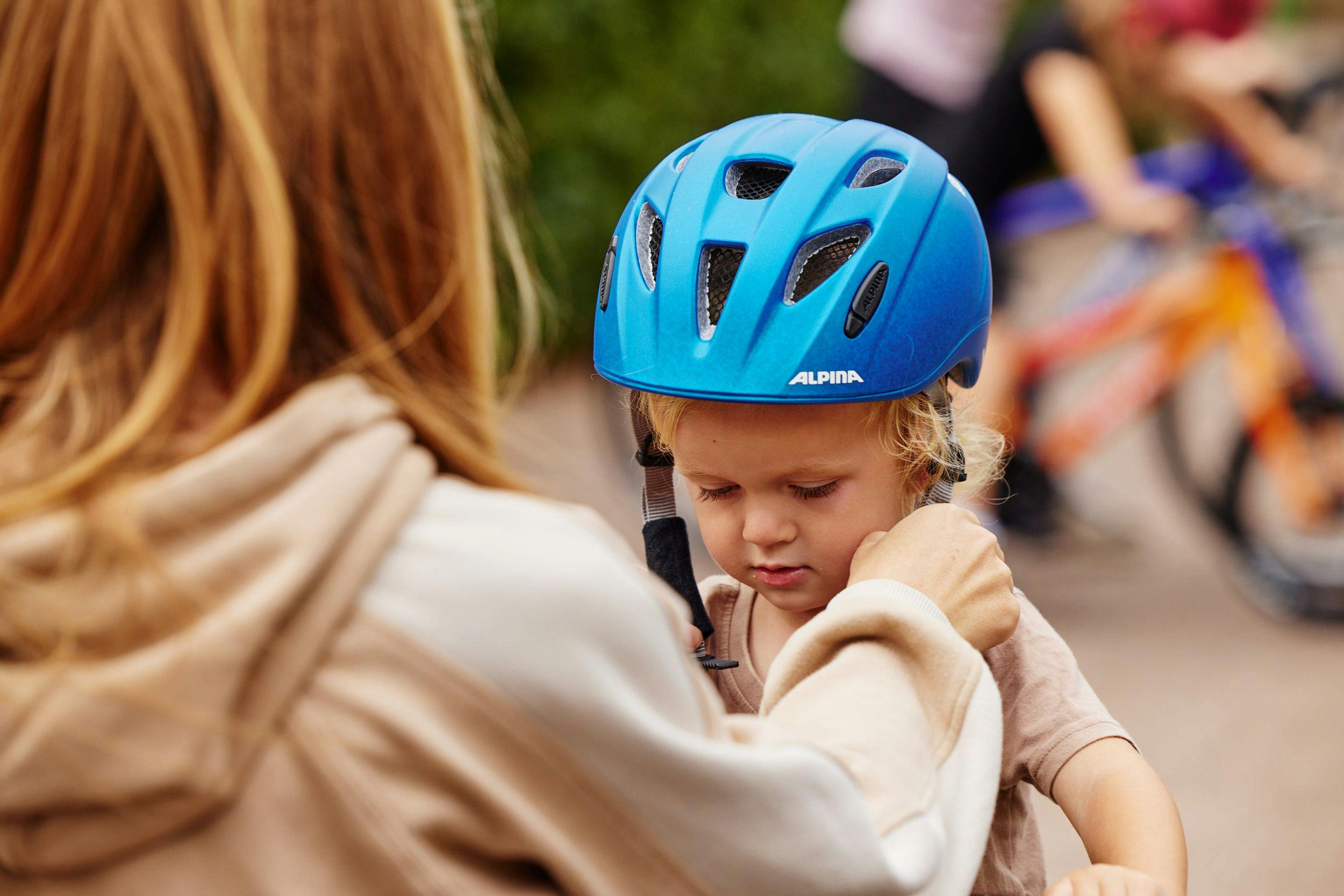
Three Easy Steps to Fit a Kids Bike Helmet
Cycling is an excellent way for kids to stay active, explore their environment, and have fun. However, it's crucial to ensure their safety when riding their bike, especially when it comes to wearing a children's bike helmet. A helmet that fits correctly is essential to protect your child's head in case of an accident.
In this blog post, we'll guide you through the steps to correctly size and fit your child's cycling helmet to ensure maximum safety.
Measure Your Child's Head
The first step to getting the correct helmet size is to measure your child's head. You'll need a flexible tape measure and a mirror to make sure you're getting an accurate measurement. Ask your child to stand still and look straight ahead.
Then, wrap the tape measure around the widest part of their head, which is usually just above their eyebrows. Make sure the tape measure is snug but not too tight. Note down the measurement and refer to the helmet manufacturer's sizing chart to determine the right helmet size for your child.

Adjust the Helmet's Straps
Once you have the correct helmet size, it's time to adjust the straps. Start by positioning the helmet correctly on your child's head. The helmet should sit level on their head, covering their forehead and not tilting forward or backward.
Then, adjust the chin strap so that it's snug but not too tight. The chin strap should be centered under your child's chin, and the buckle should be securely fastened.
Next, adjust the side straps. They should form a V-shape just below your child's ears. Adjust them so that they're snug but not too tight.
Your child should be able to open their mouth comfortably without the helmet moving around. If the side straps are too loose, the helmet will not stay in place in case of an accident.
Adjust the Internal Padding or Ring System
The next step is to adjust the internal padding or ring system to ensure a comfortable and secure fit. Some kids helmets have a dial system that allows you to adjust the fit by turning a dial at the back of the helmet. Other helmets have removable pads that you can adjust to fit your child's head.
Make sure the padding is snug against your child's head without being too tight. The helmet should not move around on your their head, but it should also not be so tight that it causes discomfort.
Check the Helmet's Fit
Once you've adjusted the helmet's straps and internal padding or ring system, it's time to check the fit. Make sure the helmet is snug on your child's head and doesn't move around.
Ask your child to shake their head from side to side and up and down. The helmet should stay in place and not move around. If it does move, you need to adjust the straps or padding further.

Check for Proper Certification
It's essential to make sure that your child's helmet meets the relevant safety standards. Look for a sticker or label inside the helmet that shows the certification. If the helmet doesn't have a certification label, it's not safe to use.
Replace the Helmet if Necessary
Helmets are designed to protect your child's head in case of an accident. However, they're not indestructible, and they can suffer damage from a hard impact or from normal wear and tear.
It's important to regularly check your child's helmet for any signs of damage and to replace it if necessary for kids bike helmet sizes. If your child has been in an accident or has dropped their helmet, you should replace it immediately.
Even if there are no visible signs of damage, the helmet may no longer provide adequate protection.
It's also important to replace your child's helmet if they've outgrown it. Kids grow quickly, and a helmet that fit them last year may no longer be the right size for kids helmet sizes. Check the fit of your child's helmet regularly and replace it if it no longer fits properly.

Ensuring that your little one has a correctly fitting child cycling helmet is essential for their safety when riding their bike.
By following these simple steps for kids bike helmet sizes, you can ensure that your child's helmet provides maximum protection in case of an accident.
Remember to regularly check your child's helmet for signs of damage and to replace it if necessary. With a well-fitting helmet and safe cycling practices, your child can enjoy all the benefits of cycling while staying safe and protected.